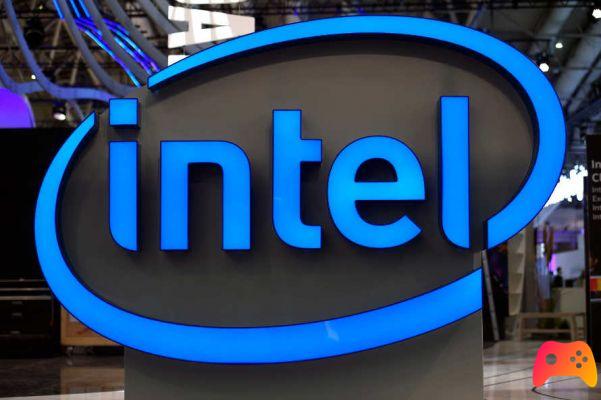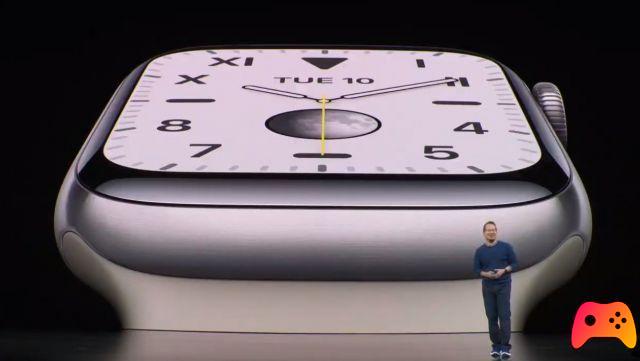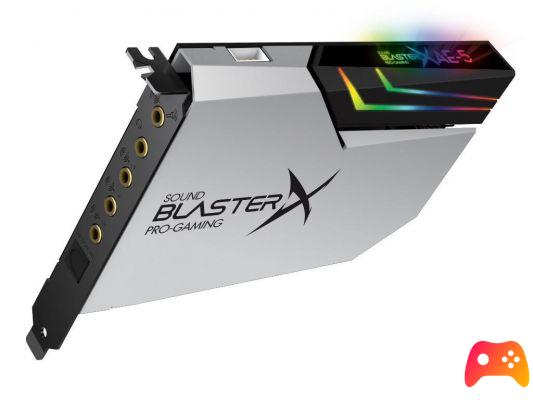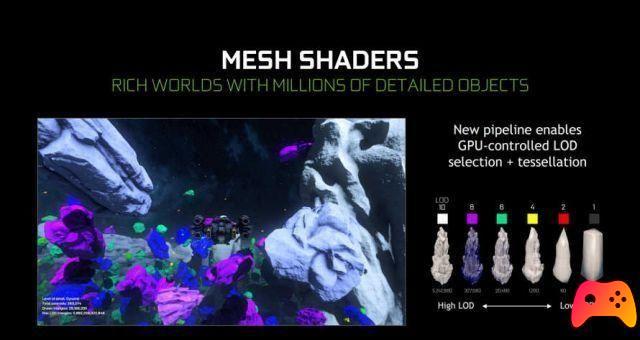Last week, Intel's memory and storage section produced 10 million units ssd (SSD) 3D NAND Intel QLC based on die QLC NAND built in Dalian, China. Production began in late 2018 and this milestone sets the QLC (quad-level cellular memory) as main-stream technology for high-capacity drives.

"A lot of people have talked about QLC technology, but Intel has rolled out it on a large scale," he said Dave Lundell, director of SSD customer strategic planning and product marketing at Intel. "We have seen strong demand for the economic capacity of our standalone QLC SSD (Intel SSD 660p) and the performance of our Intel Optane + QLC technology (Intel Optane Memory H10)."

Here are some data related to the product:
- Intel QLC 3D NAND is used in storage solutions Intel SSD 660p, Intel SSD 665p e Intel Optane Memory H10.
- Intel's QLC unit has 4 bits per cell and stores the data in configurations NAND a 64 e 96 layers.
- Intel has been developing this technology over the past decade. In 2016, Intel engineers changed the orientation of the already proven floating gate technology (FG) vertically and have it wrapped in an all-round gate structure. The resulting technology Three-cell 3D (TPA) might contain 384 Gb / day. In the 2018, the 3D QLC flash became reality, with 64 levels with four bits per cell, capable of storing 1.024 Gb / day. In 2019, Intel jumped to 96 levels, reducing the overall density of the area.
- QLC is now part of Intel's global storage portfolio, which includes both client and data center products.






